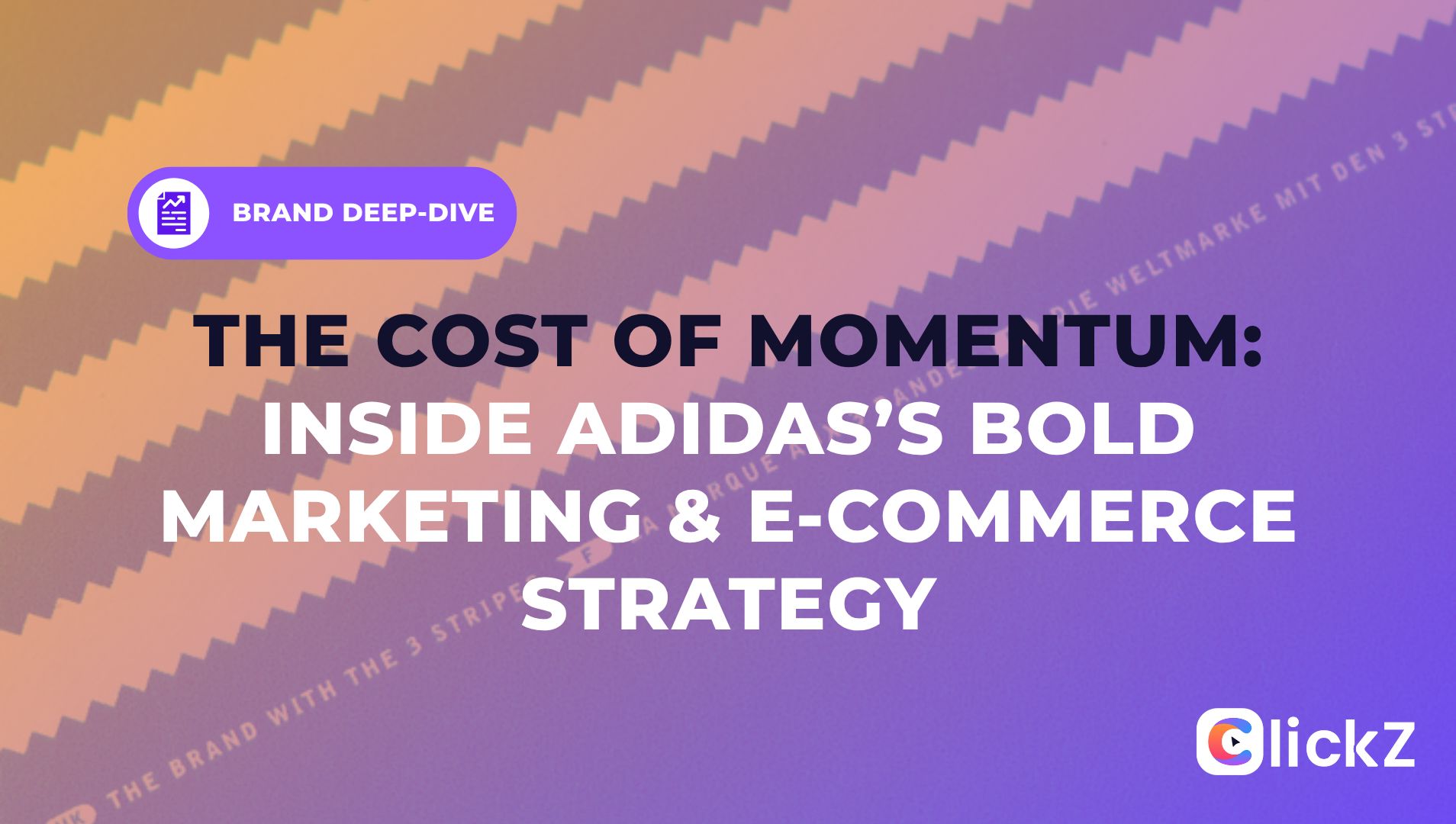- ClickZ
- Posts
- Visibility is now the most important marketing metric
Visibility is now the most important marketing metric
PLUS: How CeraVe built a $2B brand by blending education and entertainment
Follow us on LinkedIn 🔗
Hi there!
Highlights from today's newsletter:
🎤 e.l.f Beauty's Kory Marchisotto on effective CMO
🤖 How brands can respond to the reshaping of marketing by AI agents
🛍️ Rounded-up insights from PULSE eCommerce Summit

EDITOR’S PICK
#BRAND DEEP-DIVE

Adidas is chasing growth with urgency—boosting marketing spend by 14% in Q1 and pushing hard on DTC, aiming for 50% of sales by the end of 2025. But momentum comes at a cost: billions poured into branding, tech, and retail expansion.
From the Samuel L. Jackson–narrated “Superstar, the Original” campaign to community-led pop-ups in LA, Adidas is betting on culture and storytelling to fuel loyalty. At the same time, the brand is grappling with the complexity of measuring success across fragmented channels.
The strategy is clear: build cultural heat, stay visible everywhere, and redefine how brand impact is measured.

ClickZ hit the ground at the PULSE eCommerce Summit this week, sitting in on the sessions that mattered most to marketers. Here are the rounded-up insights
👉 Discover more actionable insights on our LinkedIn page

WHAT WE ARE READING
 | In the emerging AI-driven market, brand visibility hinges on content's ability to appear in AI-generated responses. Traditional SEO is losing ground to Generative Engine Optimization (GEO), which emphasizes optimizing content for these platforms. Mastery of GEO is crucial for maintaining brand trust and influence. |

 | Agentic AI technologies like OpenAI's Operator and Mastercard's Agent Pay are transforming marketing by acting as autonomous personal shoppers, reshaping consumer purchasing behavior. Brands must adapt by understanding that these AI agents reduce human intervention, which could impact traditional marketing strategies. This development is relevant for marketers aiming to stay ahead, as leveraging AI requires adjusting to new patterns in consumer behavior and decision-making. |

 | CeraVe, owned by L'Oréal, has successfully built a $2 billion brand by blending dermatological education with entertaining marketing tactics. Utilizing "medutainment," CeraVe combines dermatologist endorsements with influencer partnerships on platforms like TikTok and YouTube to effectively engage audiences and simplify complex skincare information. |

WHAT WE ARE LISTENING TO
🎙 THE WARC PODCAST
E.l.f Beauty, under the marketing leadership of CMO Kory Marchisotto, has achieved significant sales growth for 25 consecutive quarters. This success highlights the crucial role marketing has played in expanding e.l.f Beauty's market share. Marketers can gain insights into effective marketing strategies that drive growth in the beauty sector.


Editorial
Contact an editor to create content for your business.


Reply